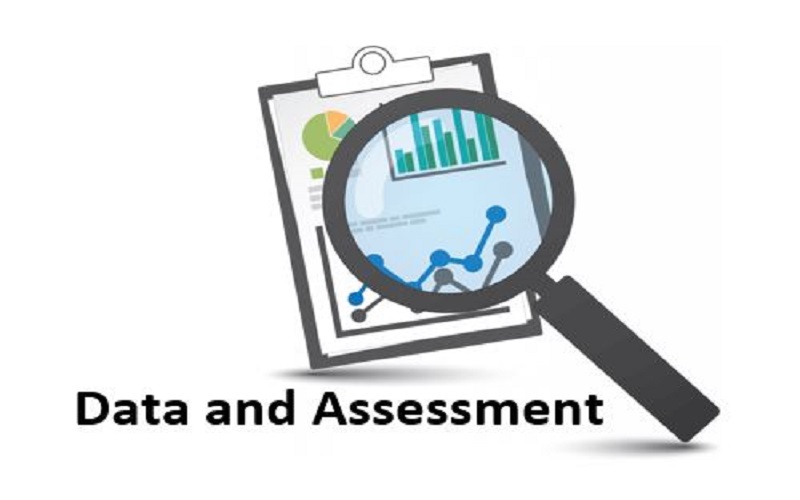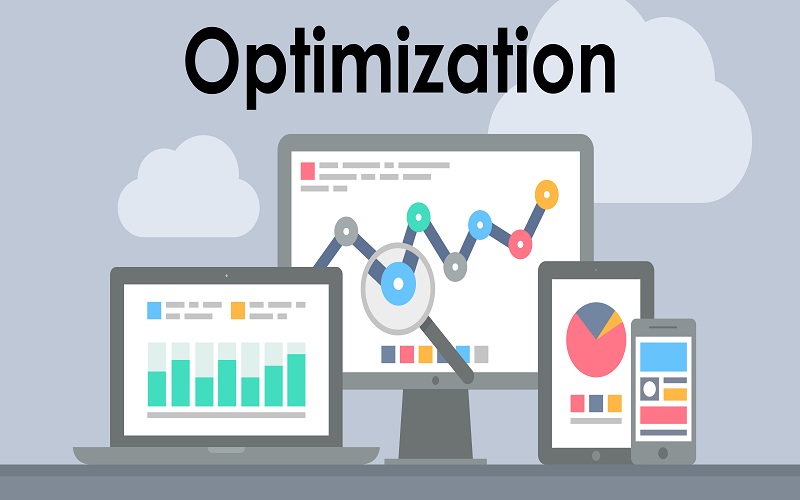Cloud migration is an ever-growing trend in the world of technology. Many businesses recognize the benefits of cloud migration, such as improved scalability, flexibility, and cost-effectiveness. Cloud migration has become a ubiquitous trend in recent years as more and more companies are looking to move their infrastructure to the cloud. However, many mistakes can be made during the migration process that can have detrimental effects on a business. In this article, I will argue that it is crucial to avoid these mistakes to ensure a smooth transition to the cloud. I will support this argument by examining the common mistakes made during cloud migration and the consequences of such mistakes. There are often mistakes made during the migration process that can lead to costly delays, security risks, and other complexities. In the following paragraphs, I will first explain how poor planning can lead to migration failure, then how lack of communication can cause disruption, and finally, how proper training can prevent further mistakes.
By avoiding these mistakes and following best practices, organizations can increase the likelihood of successful cloud migration, enabling them to leverage the scalability, flexibility, and cost-efficiency of cloud computing while minimizing potential risks and disruptions.
1. Avoid Insufficient Planning
When organizations embark on a cloud migration without proper planning, they may encounter delays, cost overruns, and unexpected challenges. A comprehensive plan should include a clear understanding of the organization’s goals, timelines, resource requirements, and potential risks. It’s important to involve key stakeholders, assess existing infrastructure and applications, and create a roadmap that outlines the migration process from start to finish.

2. Poor Data Assessment And Mapping
Data is a critical asset, and failing to assess and map it properly before migration can lead to data loss, corruption, or compatibility issues. Conduct a thorough analysis of your data to understand its structure, volume, sensitivity, and interdependencies. Determine which data should be migrated, prioritize it based on business needs, and ensure compatibility between source and target systems.

3. Neglecting Security And Compliance
Security and compliance should be prioritized throughout the cloud migration process. Failing to implement proper security controls, encryption mechanisms, access management, and compliance measures can expose your data and systems to risks. Ensure that your cloud provider offers robust security features and aligns with relevant compliance standards and regulations applicable to your industry.

4. Lack Of Cost Optimization
While cloud migration can offer cost savings, not having a strategy in place to optimize costs can lead to unexpected expenses. Carefully evaluate the pricing models of different cloud service providers and select the appropriate cloud service models (e.g., IaaS, PaaS, SaaS) for your specific needs. Monitor and analyze your cloud resource usage regularly, identify opportunities for cost optimization (e.g., rightsizing instances, leveraging reserved instances), and implement mechanisms to control and forecast costs effectively.

5. Vendor Lock-In
Choosing a cloud provider without considering long-term implications can result in vendor lock-in, making it difficult to switch providers in the future. Assess the portability and compatibility of your applications and data across different cloud platforms. Embrace open standards, use containerization technologies, and design your architecture to be as cloud-agnostic as possible to mitigate the risk of vendor lock-in.

6. Inadequate Testing
Testing is crucial before and after migration to ensure that your applications and systems function properly in the cloud environment. Perform thorough testing, including functional testing, load testing, and security testing, to identify and address any issues or performance bottlenecks. Validate the behavior of your applications, assess response times, and ensure compatibility with the underlying cloud infrastructure and services.

7. Overlooking Performance And Scalability
Failing to consider performance and scalability requirements can lead to poor application performance or limited growth potential. Understand your application’s performance characteristics and the scalability demands of your business. Choose the appropriate cloud instance types, storage options, and networking configurations to support your workload. Leverage auto-scaling capabilities to ensure your resources can dynamically adjust based on demand.

8. Poor Communication And Change Management
Communication and change management is critical for successful cloud migration. Lack of communication can lead to resistance, confusion, and decreased productivity among employees. Engage stakeholders early on, communicate the benefits and impacts of the migration, and provide adequate training and support to help employees adapt to the new cloud environment. Address concerns, provide regular updates, and foster collaboration throughout the migration process.

9. Not Leveraging Automation And Orchestration
Manual migration processes can be time-consuming, error-prone, and inefficient. Leverage automation and orchestration tools to streamline the migration process and minimize human error. Automation can assist in provisioning cloud resources, configuring network settings, deploying applications, and managing data migration. Orchestration tools help coordinate complex workflows and ensure a smooth transition.

10. Neglecting Ongoing Monitoring And Optimization
Cloud migration is not a one-time event; it requires continuous monitoring and optimization to maximize the benefits of the cloud. Implement robust monitoring tools and processes to track the performance, availability, and security of your cloud environment. Analyse performance metrics, identify areas for improvement and optimize your infrastructure, application configurations, and resource allocation based on actual usage patterns. Regularly review your cloud architecture and make adjustments as your business needs evolve.


















